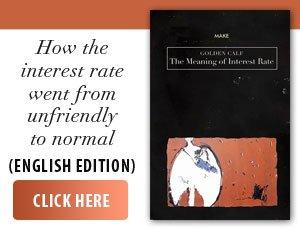Over 52% of soils in Europe and the Mediterranean coasts were affected by drought in July, according to an analysis by AFP based on data from the European Drought Observatory (EDO). This is the highest percentage recorded for this month since the beginning of measurements in 2012, and 21 points above the average of the last 12 years. Specialists note that the year 2025 brought a series of negative records: every month since the beginning of the year, drought has reached historic values. The EDO indicator, part of the European Copernicus program, is based on satellite observations and takes into account precipitation, soil moisture and the state of vegetation, classifying the situation into three levels: monitoring, warning and alert.
• Eastern Europe and the Balkans on the brink of crisis
In Eastern Europe and the Balkans, the situation is critical. In Hungary, the land area under alert rose from 9% in June to 56% in July. In Kosovo, the increase was from 6% to 43%, and in Bosnia and Herzegovina from 1% to 23%. The persistent heat waves in the region have also fueled a record number of fires, including in illegal landfills, which release smoke and toxic gases into the atmosphere.
• Turkey, under pressure from drought and fires
In the eastern Mediterranean, Turkey is facing a persistent drought that has affected more than 60% of its territory, month after month, since March. The lack of precipitation is favoring wildfires: on August 8, a fire in the west of the country forced the evacuation of three villages and caused the closure of maritime traffic in the Dardanelles Strait.
• Western Europe: contrast between regions
In France, the situation has worsened significantly: 68% of the soil was affected in July, compared to 44% in June. The country has experienced a major fire in the Aude department, where the flames consumed 13,000 hectares of vegetation. A new heat wave, the second of the summer, is increasing the risks. In the United Kingdom, although conditions have improved, more than two-thirds of the territory remains water-scarce. Spain and Portugal are exceptions, with low levels of drought - 7% and 5% respectively.
• An alarming trend
Experts warn that the intensity and frequency of drought in Europe is part of a long-term trend, amplified by climate change. If the phenomenon continues at the same pace, the impact on agriculture, water resources and biodiversity could be severe, with economic and social effects felt throughout the region.
















































